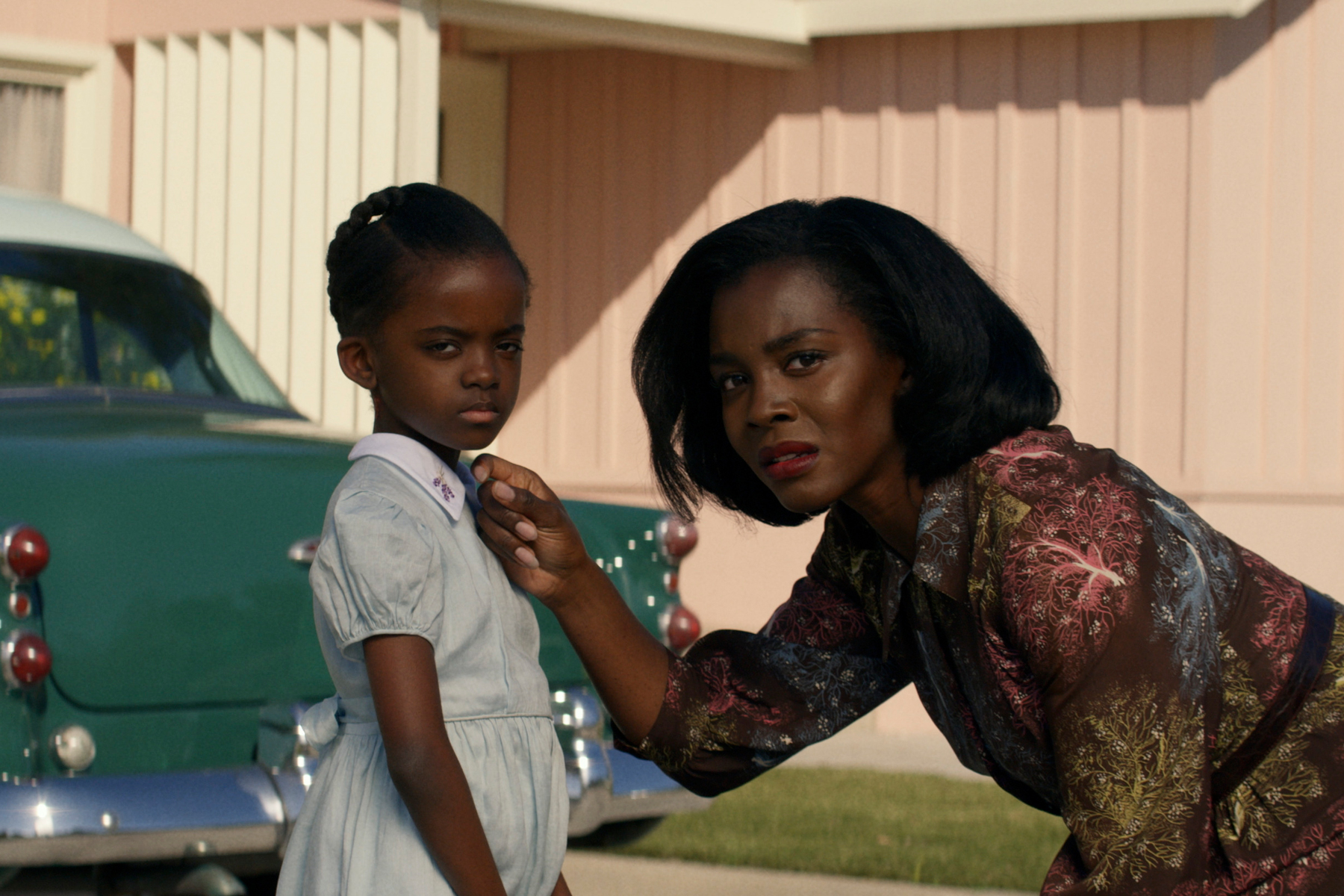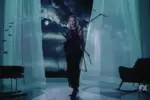Horror pushes boundaries that go beyond shock value, “forcing us to reconsider our place in the world.” Take the show “American Horror Story” for example. The premiere of the first season back in 2011 started the modern form of not just thrillers, but horror stories: hour-long episodes of speculative fiction, intended to enable terror through supernatural elements combined with more realistic elements.
Now, in 2021, the history of horror in television has shifted from “just a scary story” to an anthology of racial nightmares in which “the human monsters are often just as frightening as the supernatural ones.”
In Amazon Prime’s newest series, “Them,” creator Little Marvin and producer Lena Waithe have completely outdone “the pain and trauma assuredly part of the Black experience.” Considering the racial injustice we see in today’s times, some would say this depiction is fitting, but, as one reviewer wrote, “there’s only so much a viewer can take of ‘Them’ before it becomes numbing.”
Which leads us to the question: Will the future of horror stories — the fate of a genre that’s purpose is to entertain — become an outlet for upcoming Black directors and filmmakers to not only platform their stories, but to court audiences with “controversial images to make a point”?
“Them” vs. “Us”
At the very beginning of the 10-episode anthology, you are immediately aware of the influence that Jordan Peele’s films “Get Out” and “Us” had on “Them.”
Throughout Season 1, which is subtitled “Covenant,” the show follows a Black family, the Emorys, living in a white neighborhood in East Compton during the 1950s. The series is full of flashbacks that explain what led the Emorys to Palmer Drive in the first place.
A similar undertone exists in both “Us” and “Get Out,” as the main characters of these films each journey to someplace new just to be faced with old history — racial explorations in and of America.
Each episode of “Them” portrays a day that the Emorys not only live in their new home, but also experience the traumatic events that came with the house that were inflicted on the previous Black owners — not to mention their own horrifying encounters.
Another key similarity that “Them” shares with Peele’s work — especially “Get Out” — involves the environment transforming into a plague that targets the Black characters. “And even the marketing implies that the two are alike, as the posters and trailer and even the font used in the title invoke Peele’s work,” explained Andrea Towers, writer for The Wrap.
Going into Episode 3 of “Them,” one of the songs played is the piece used at the end of “Us” — not to mention that the daughter’s character in “Them,” Ruby Emory, is played by Shahadi Wright Joseph, the same actress who starred as the daughter in “Us.”
According to a commenter on a New York Post article, from the racial connotations and the delivery to the camera shots and angles, “Them” can easily make viewers feel like they’re watching “someone whos never seen a Jordan Peele movie describing what a Jordan Peele movie is.”
Aesthetic Successes and Failures
“The acting feels raw, real, and in the moment — as if the cameras were never truly there but instead an audience was witnessing everything firsthand,” explained Brittany Bender, writer for Bleeding Cool. “The aspects of grief, PTSD, racism, bigotry, and white privilege in every aspect of life can be seen with clarity on the screen.”
Indeed, the actors and actresses in “Them” give successful performances, bringing to light the premise of the show, which is “bent on fantasizing about how evil racism can be in the most grotesque ways.”
But some would say that the failures outweighed the successes within the show. Episode 5, for example, displays an entire sequence that’s only four minutes in length but feels like it’s an hour long. Why? During the scene, Lucky Emory is raped and held down by a white Ku Klux Klansman while an older white woman, the leader of the group, tosses Lucky’s child around in a cotton-colored pillow sack with two other Klan members. Imagine a game of hot potato, but with a baby.
The Successes
Phil Owen, a writer for The Wrap, said it best: “The particular message here is one of dehumanization. These white people simply do not view the Emory’s as people. It’s not a case of racism by way of ‘we think white people are better than Black people.’ It’s racism by way of ‘we think white people are human, and Black people are animals.’ Chester isn’t a human baby — he’s just a cat.”
The Failures
The ugly core of scenes like this throughout “Them” caused critics to question whether or not the creators of the show really care about Black people or if they “only know how to wring terror from the pain we experience.” The purpose of the rape scene, according to creator Little Marvin, was to “rip through the screen, grab the viewer by the jugular” and force them to reconcile with the distance between a slave narrative and the act of police brutality. But, as explained by Angelica Jade Bastien, writer for The Vulture, “it often feels like a linguistic way to distance Black people from their humanity rather than shining a light on it.”
Takeaways
There was absolutely no turning away from the uneasy and uncomfortable “horrors of the past” displayed in “Them” that continue to make their mark today. In fact, perhaps it was Little Marvin and Lena Waithe’s intent for viewers to walk away from this series unsettled.
But the two do due diligence in honoring the artistic parts behind the thriller and horror genres, enabling the future of terror shows to be centered around the portrayal of a reality that “perfectly captures the menacing side of American suburbia.”
A second season has been approved, and the process will follow the same anthology structure of “American Horror Story” with the show’s premise, cast, theme and subtitle changing every season.

















